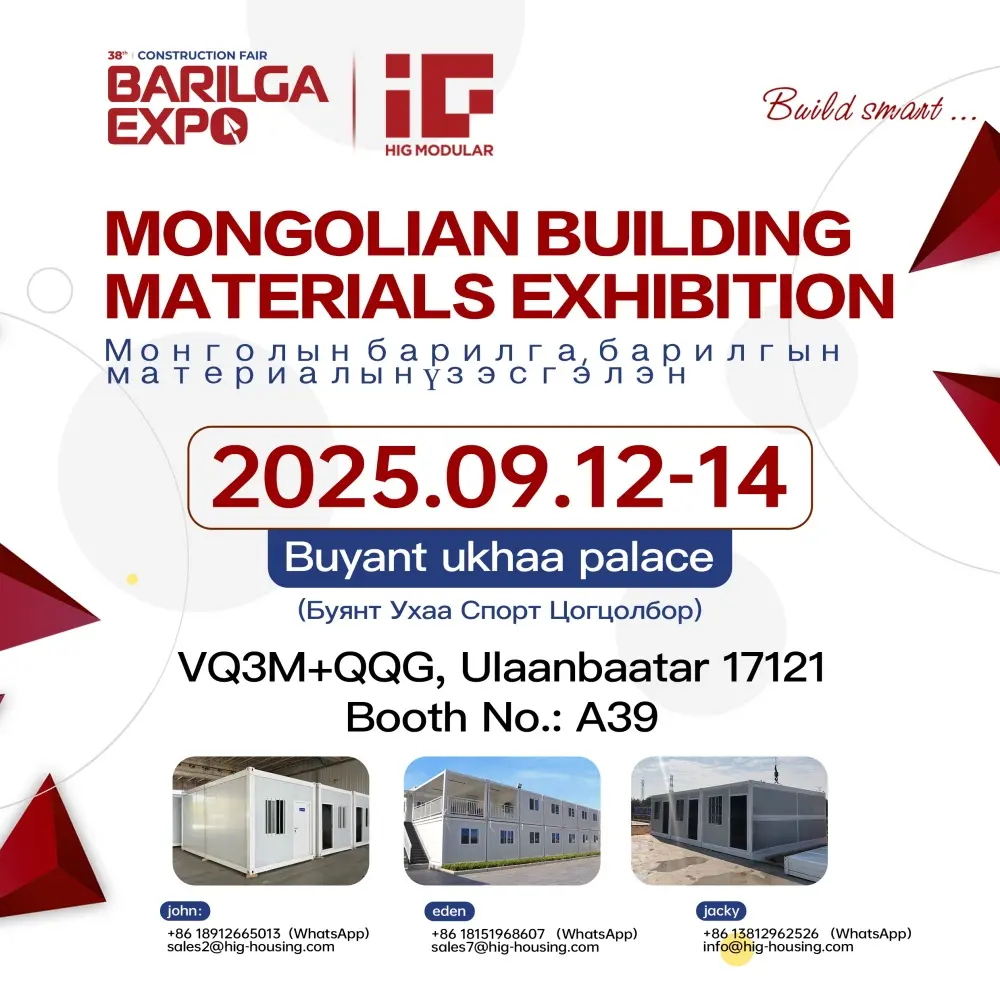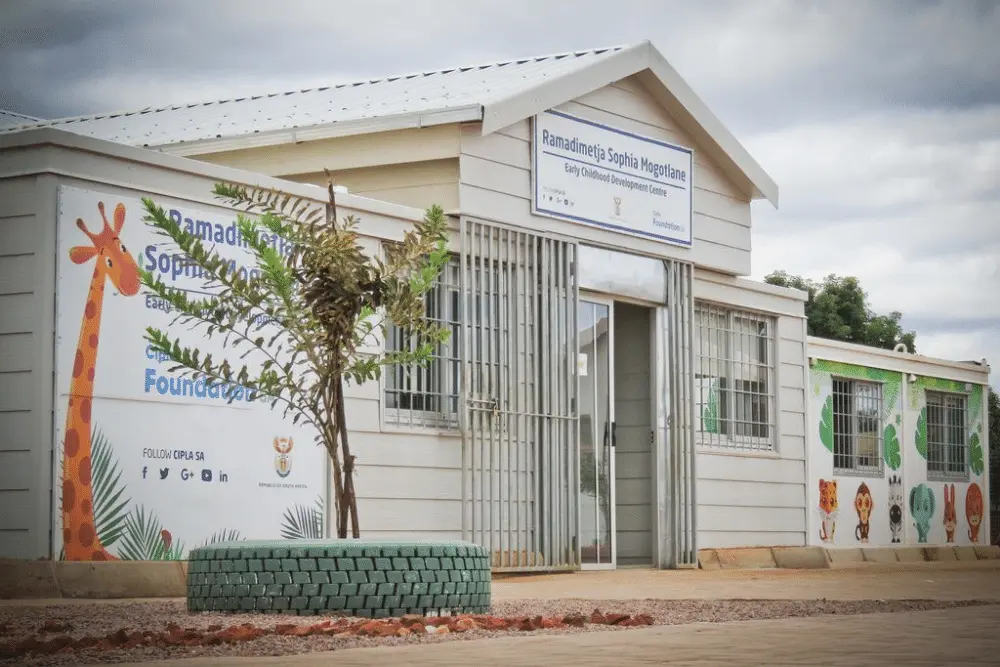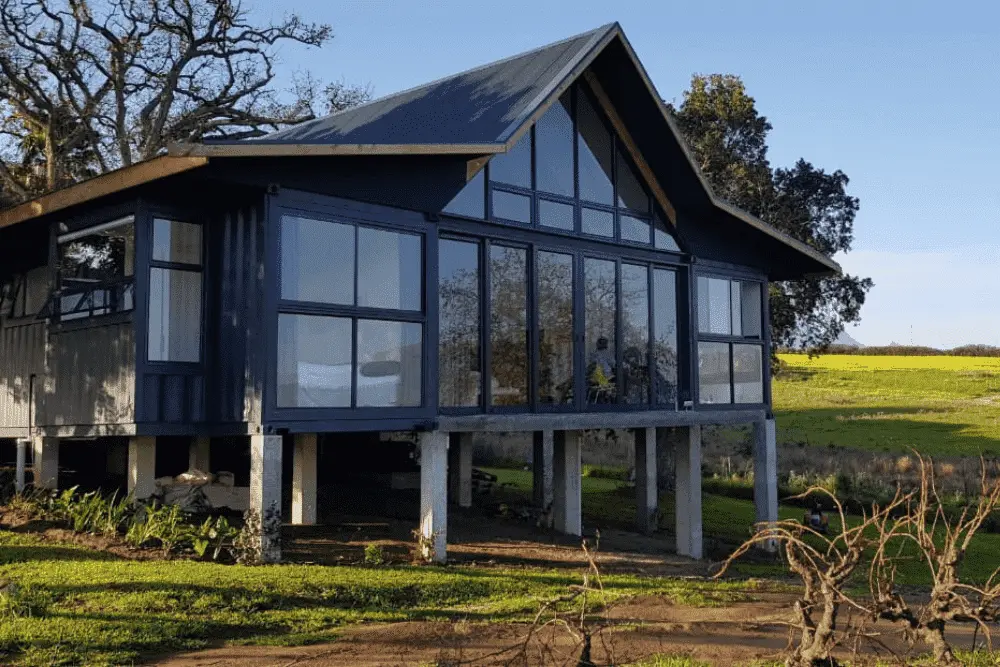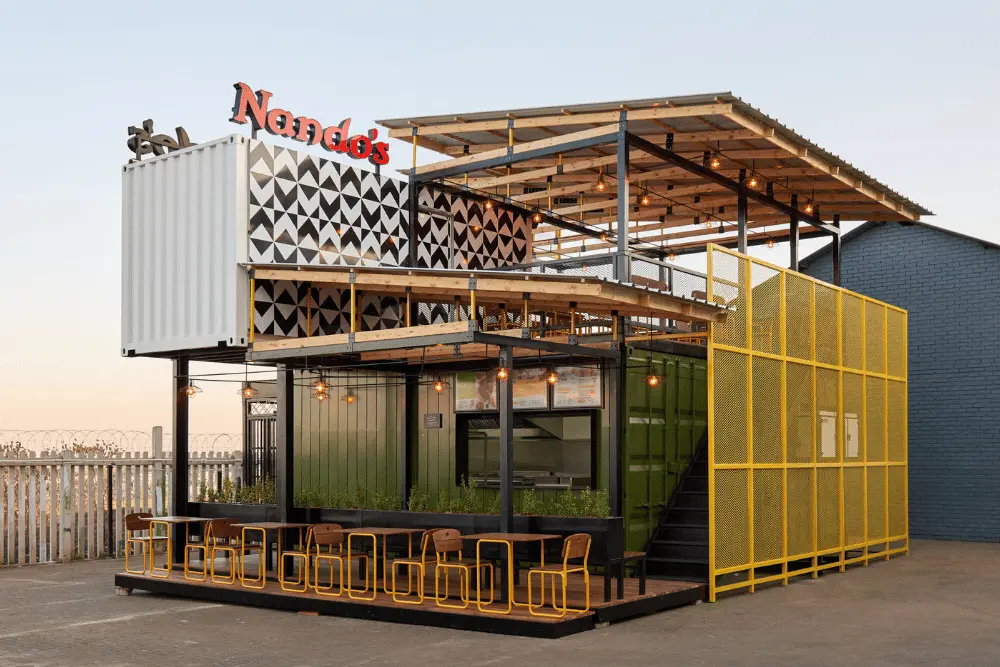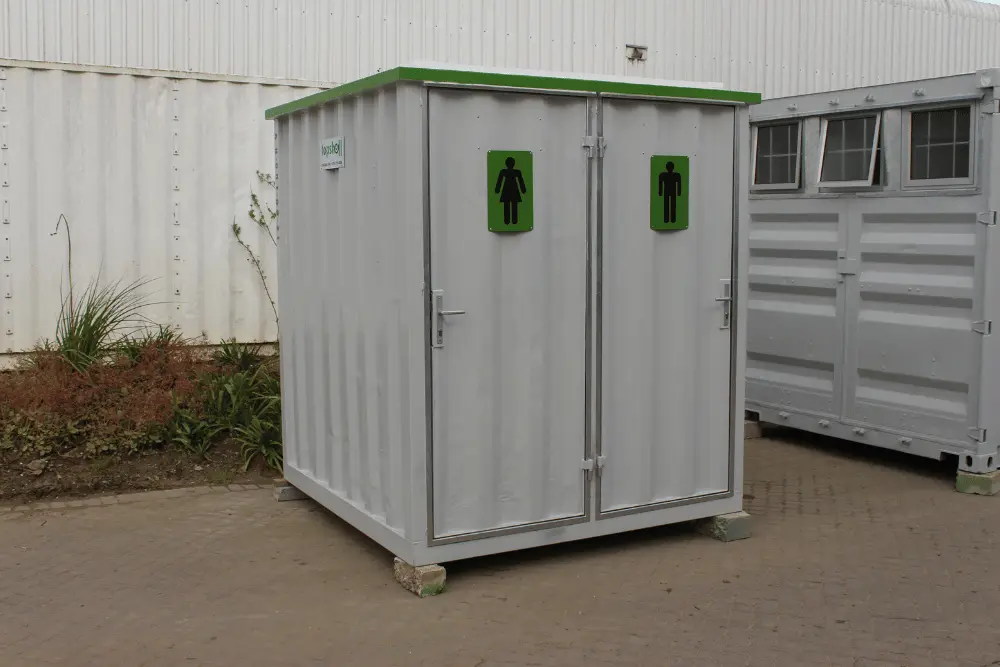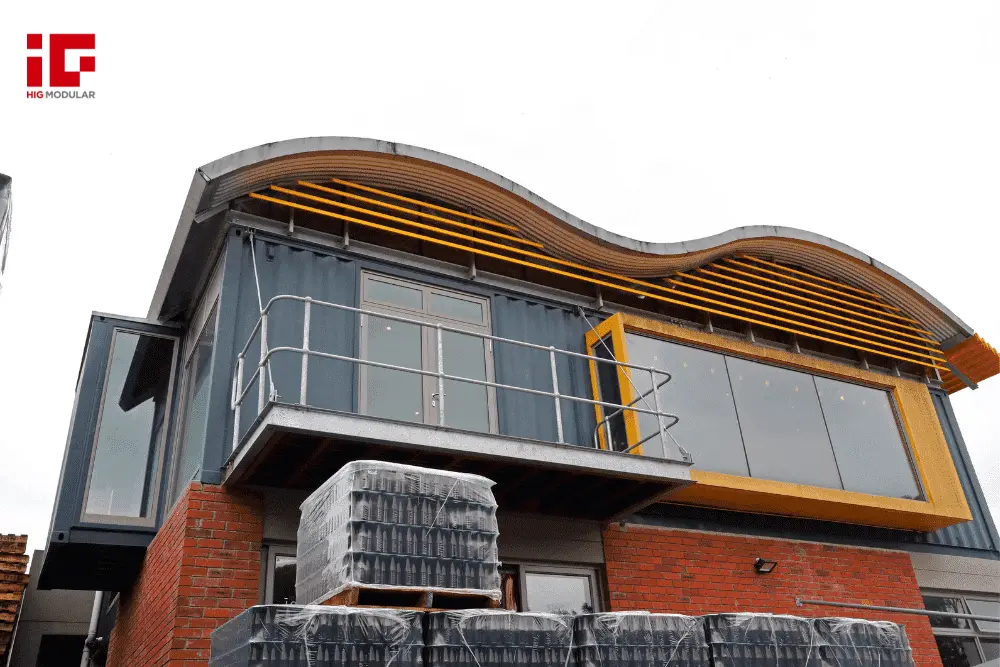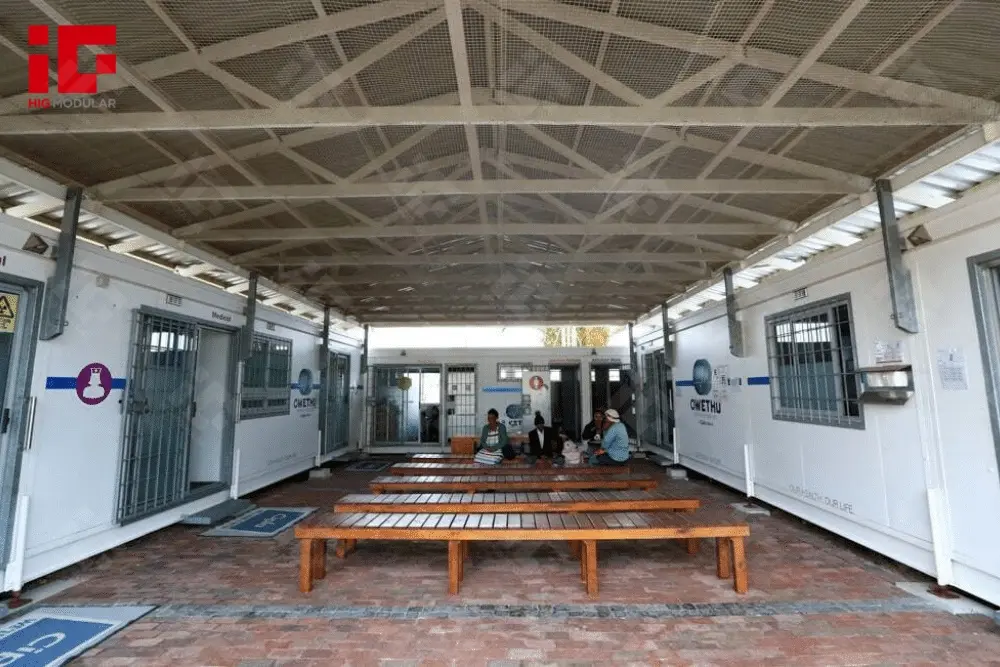News Categories
Featured News
0102030405
Advantages of Light Steel Structure (LSS) Buildings in Modern Architecture
2025-07-22
In the evolving landscape of construction, light steel structure (LSS) buildings have emerged as a transformative force, redefining standards for safety, sustainability, and efficiency. Composed of cold-formed steel members—thin, high-strength steel sections shaped through cold rolling—LSS combines structural integrity with flexibility, making it a preferred choice for residential, commercial, and even industrial projects. This article explores the multifaceted advantages of LSS buildings, leveraging technical specifications and real-world applications to underscore why they are rapidly replacing traditional masonry and concrete structures globally.
Unmatched Structural Safety and Resilience
Safety is paramount in construction, and LSS buildings excel in withstanding extreme environmental forces, thanks to their unique material properties.
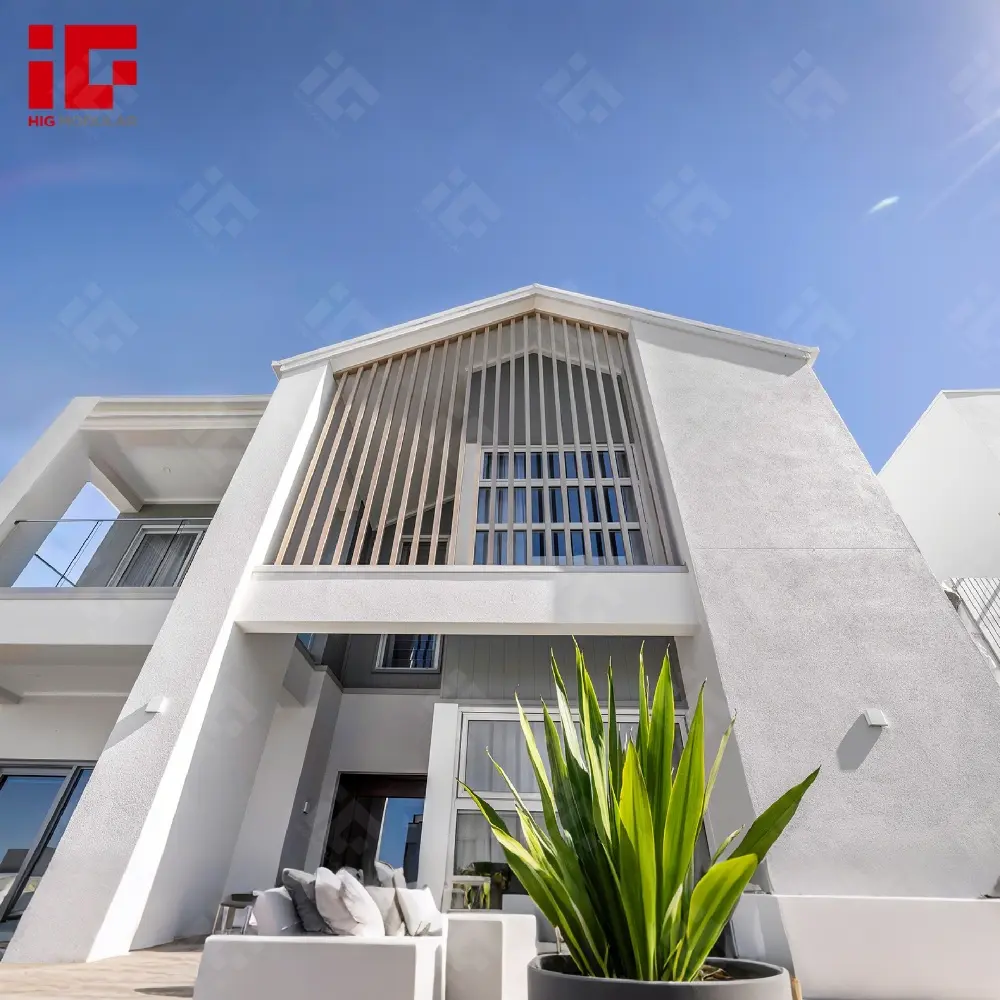
- Earthquake Resistance: LSS’s high strength-to-weight ratio and inherent ductility make it exceptionally seismic-resistant. Unlike rigid concrete or brick structures, which crack under sudden seismic stress, LSS frames bend and absorb energy, minimizing damage. With a shock resistance rating of up to 9 magnitudes, LSS outperforms traditional buildings in earthquake-prone regions. For instance, in Japan’s Hyogo Prefecture, post-1995 Kobe earthquake regulations mandated LSS for residential buildings; subsequent seismic events showed these homes suffered 80% less damage than concrete structures.
- Wind Resistance: Designed to endure 70m/s winds—equivalent to Category 5 hurricanes (exceeding grade 12 wind resistance)—LSS structures use reinforced connections and aerodynamic designs. In coastal areas like Florida or the Philippines, where typhoons are frequent, LSS villas have proven impervious to wind-driven debris and pressure, whereas traditional wood or brick homes often lose roofs or walls. The modular steel framework distributes wind loads evenly, ensuring structural cohesion even in extreme conditions.
Exceptional Durability and Longevity
LSS buildings are engineered for longevity, outlasting many traditional alternatives through robust material science and design.
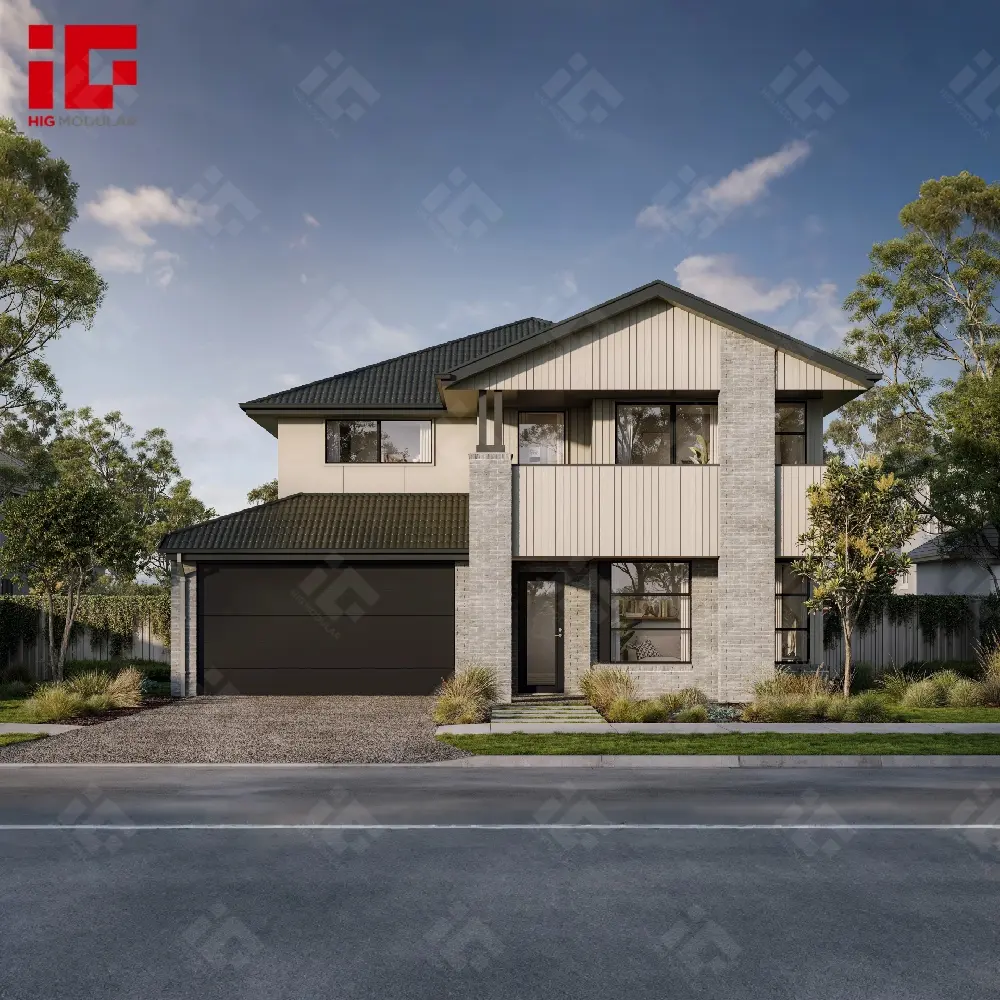
- Extended Service Life: The main steel structure, protected by galvanization or anti-corrosion coatings, resists rust and degradation, boasting a 99-year service life. This far surpasses wood (prone to rot and pests) or concrete (susceptible to cracking from thermal expansion). In Scandinavian countries, where harsh winters test durability, LSS homes built in the 1990s remain structurally sound, requiring only minimal maintenance.
- Fire Resistance: Steel’s high melting point (1,370°C) combined with fire-retardant insulation grants LSS buildings 1–4 hours of fire resistance—exceeding global safety codes. Unlike wood, which fuels flames, steel maintains structural integrity, allowing occupants more time to evacuate. In Australia’s bushfire zones, LSS villas with fire-resistant cladding have survived wildfires that destroyed neighboring masonry homes.
Superior Thermal and Acoustic Performance
Comfort in living spaces hinges on temperature regulation and noise control—areas where LSS excels.
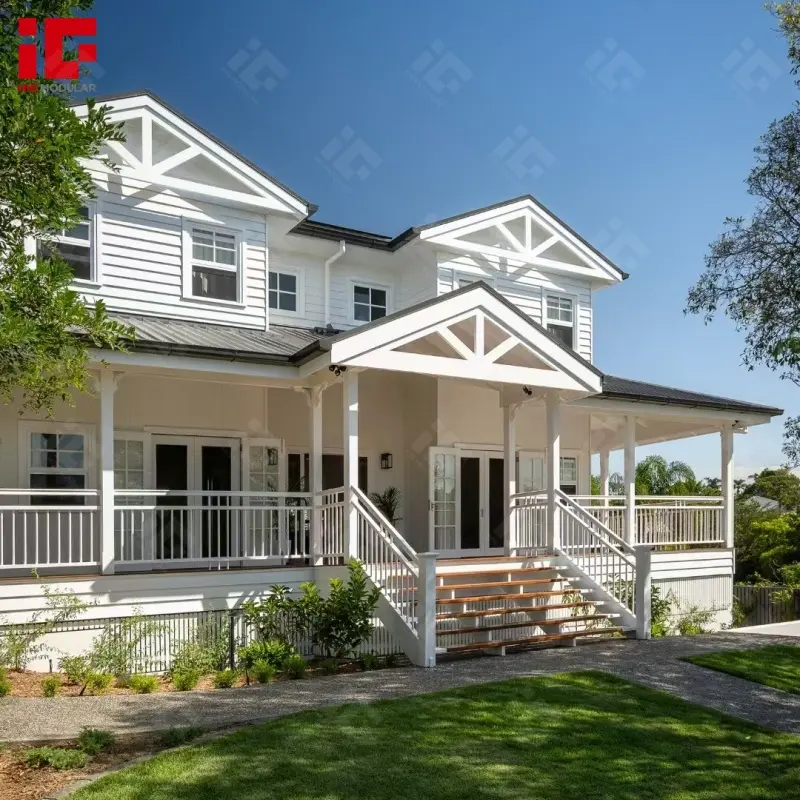
- Thermal Insulation: A 200mm thick LSS composite wall achieves a thermal resistance of 3.2 m²K/W, 11 times that of a brick wall of equal thickness. This efficiency stems from multi-layered insulation (e.g., rock wool, polyurethane foam) within the steel frame, reducing heat transfer. In cold climates like Canada, LSS homes require 40% less heating energy; in hot regions like Dubai, they cut air conditioning use by 35%, aligning with the 65% energy savings over traditional buildings.
- Sound Insulation: Exterior walls with 65dB insulation block traffic, aircraft, and neighborhood noise, while 45dB interior walls ensure privacy between rooms. This is critical for urban villas or homes near busy areas. In London’s suburban LSS developments, residents report a 50% reduction in perceived noise compared to their previous brick homes, enhancing quality of life.
Environmental Sustainability and Cost Efficiency
In an era of climate urgency, LSS aligns with green building goals while offering economic benefits.
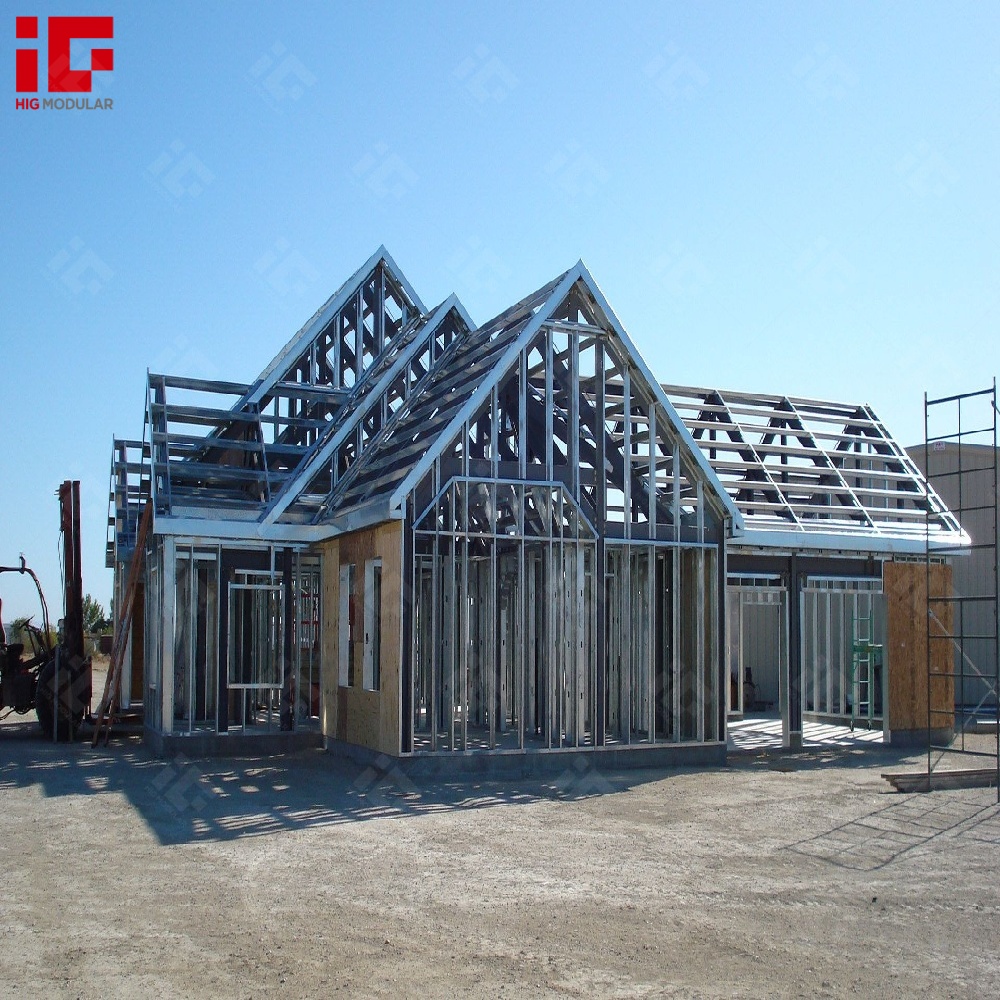
- Eco-Friendliness: Steel is 100% recyclable, and LSS components (bolts, panels) are largely reusable, minimizing construction waste. A study by the World Steel Association found LSS buildings generate 30% less landfill waste than concrete structures. Additionally, off-site fabrication reduces on-site pollution—cutting carbon emissions by 25% during construction. These attributes make LSS a staple in LEED and BREEAM certified projects.
- Energy and Cost Savings: The 65% energy savings translate to lower utility bills over the building’s lifespan. For a 200m² villa, this equals $1,500–$2,000 annual savings in energy costs. Combined with faster construction (saving 2/3 of time), labor expenses drop by 30%. In Germany, a 3-bedroom LSS villa cost 15% less to build than a brick equivalent and recouped the difference in 8 years through energy savings.
Enhanced Space Utilization and Design Flexibility
LSS maximizes livable space and adapts to diverse architectural visions.
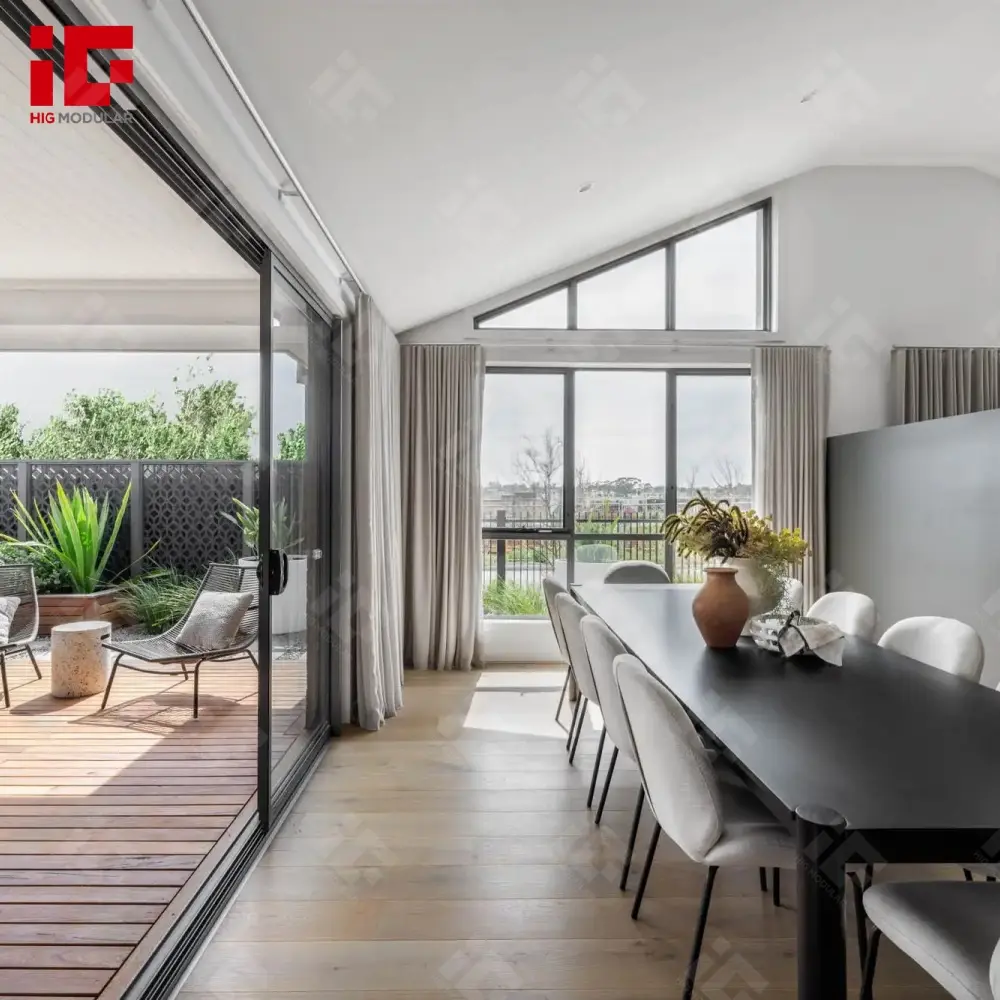
- Usable Area: Thin steel walls (10–15cm) occupy less space than brick walls (30–40cm), increasing usable area by 5–13%. A 200m² LSS villa thus gains 10–26m²—equivalent to an extra bedroom or home office. This is invaluable in urban areas where land is scarce, such as Hong Kong or Singapore, where space efficiency directly boosts property value.
- Design Freedom: Steel’s strength allows for open floor plans, large windows, and unique shapes (e.g., cantilevered balconies, curved facades) that are costly or impossible with masonry. Architects in Barcelona used LSS to create a villa with a 12m-wide glass wall overlooking the Mediterranean, unobstructed by load-bearing columns—a design that would require massive concrete beams in traditional construction.
Global Adoption and Real-World Success
LSS’s advantages have driven global adoption. In New Zealand, 30% of new villas use LSS to meet strict seismic codes. In China, government subsidies for green buildings have spurred a 40% annual growth in LSS residential projects since 2020. A standout example is the “EcoVillas” development in California: 50 LSS homes built in 4 months (vs. 12 months for concrete), withstanding a 6.8 magnitude earthquake in 2022, and achieving net-zero energy status via solar integration—epitomizing LSS’s versatility.
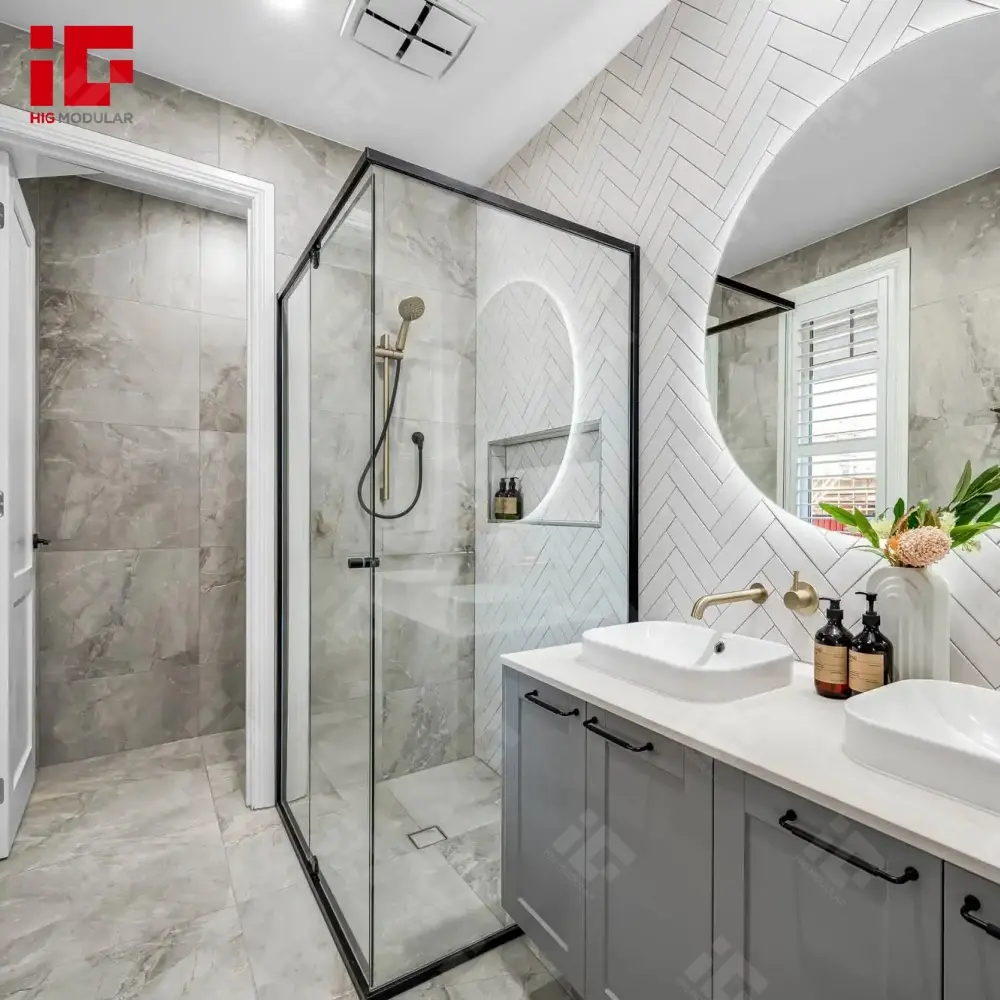
In summary, LSS buildings merge safety, durability, comfort, and sustainability into a single solution. Their technical prowess, paired with economic and environmental benefits, positions them as the future of responsible architecture—proving that strength and sensitivity to nature can coexist.

